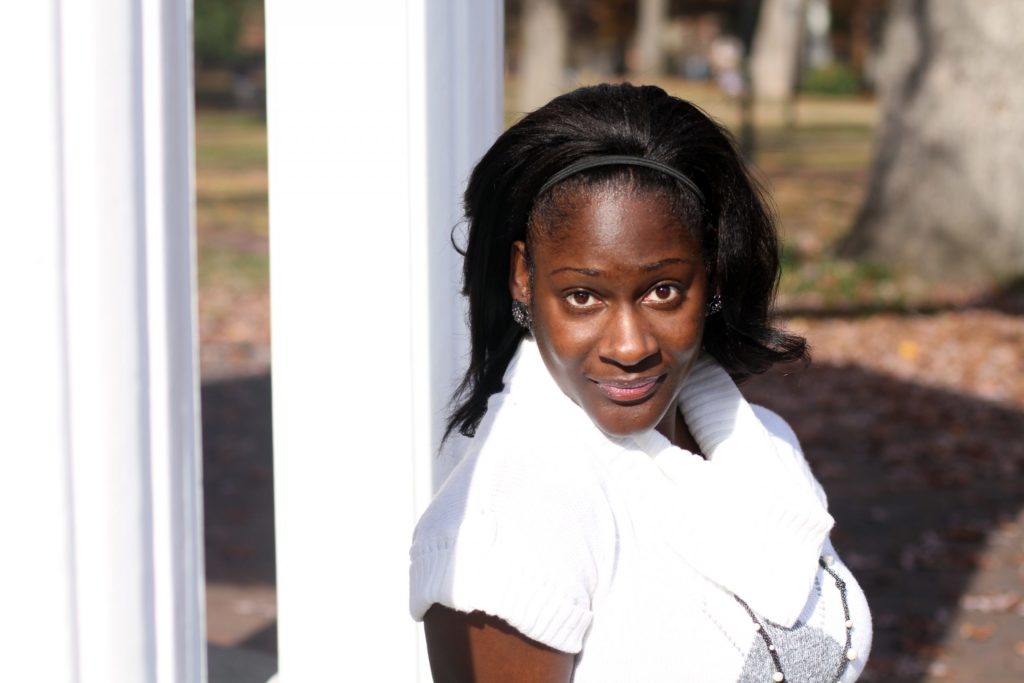Faculty in the College of Arts and Sciences have been very busy this summer. Their journeys have taken them on a tandem bike ride across the country; on archaeological excavations to Greece, Turkey and Egypt; on a book research trip and music cultural diplomacy visit to India; and to El Alto, Bolivia, to study a cable car system in the highest city in the world. As they head back to school, we asked them to share their adventures with us. Read a sampling below, and see more stories and photos in our College Facebook album. (Click on thumbnail photos in the story to make them larger.)

William Kier, professor, department of biology:
“I have a slightly unusual summer travel report! My spouse Kathleen Smith and I completed a cross-country cycling trip together on a tandem bike. We started in Kitty Hawk, N.C., and finished in Florence, Oregon. You can track our route (and see more photos) here.
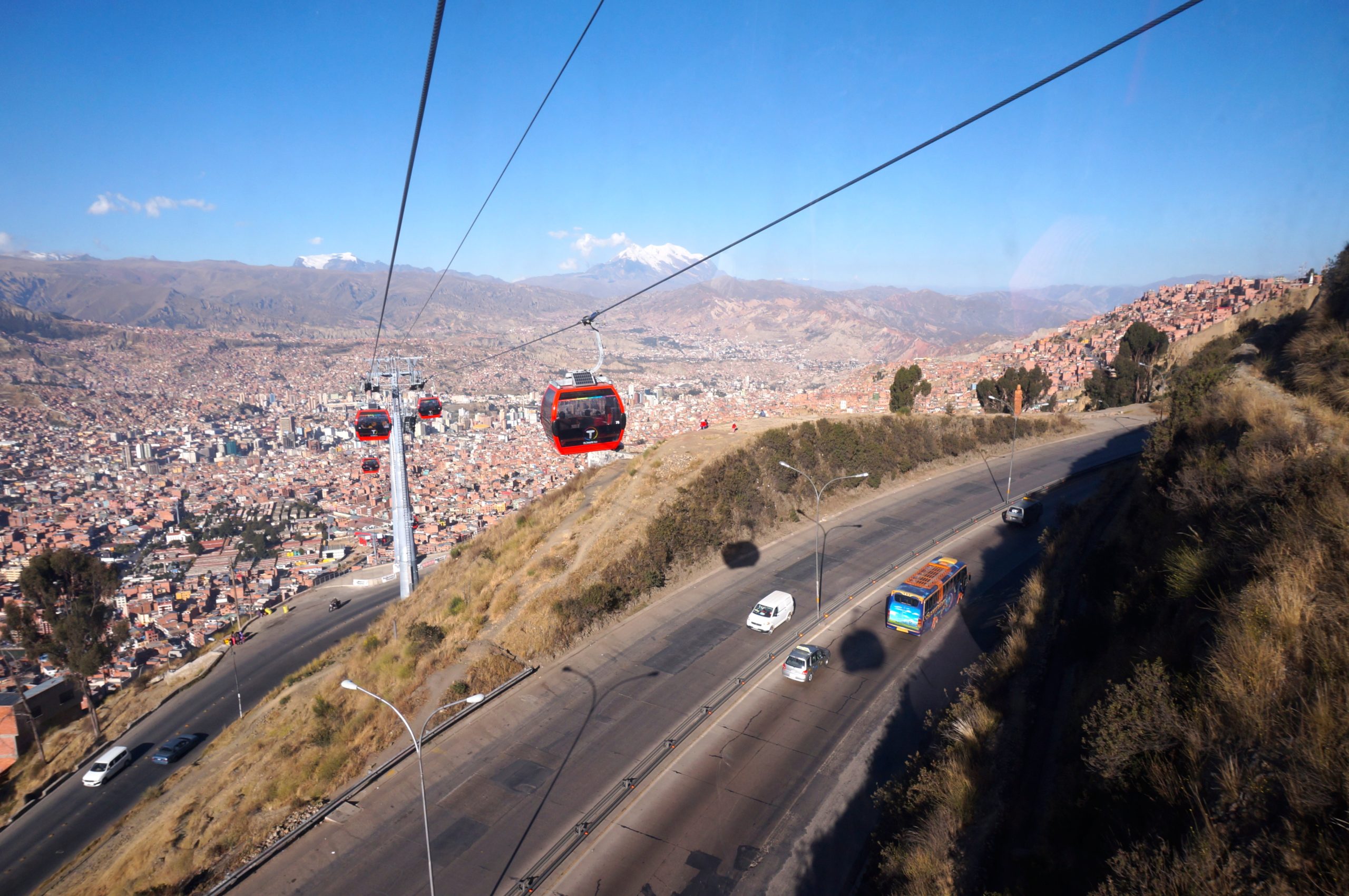
Daniel Rodriguez, professor, department of city and regional planning:
“I have been supervising a doctoral student and an undergraduate student who are doing interesting research work on transportation in the cities of La Paz and El Alto in Bolivia. Raleigh McCoy (undergraduate student) is supported by a Summer Undergraduate Research Fellowship. Gwen Kash (doctoral student) has received support from EMBARQ, a unit of the World Resources Institute.” (El Alto, Bolivia, is the highest city in the world. Read more about how residents of this region are using a new cable car system to navigate the region’s “mountainous geography.”)
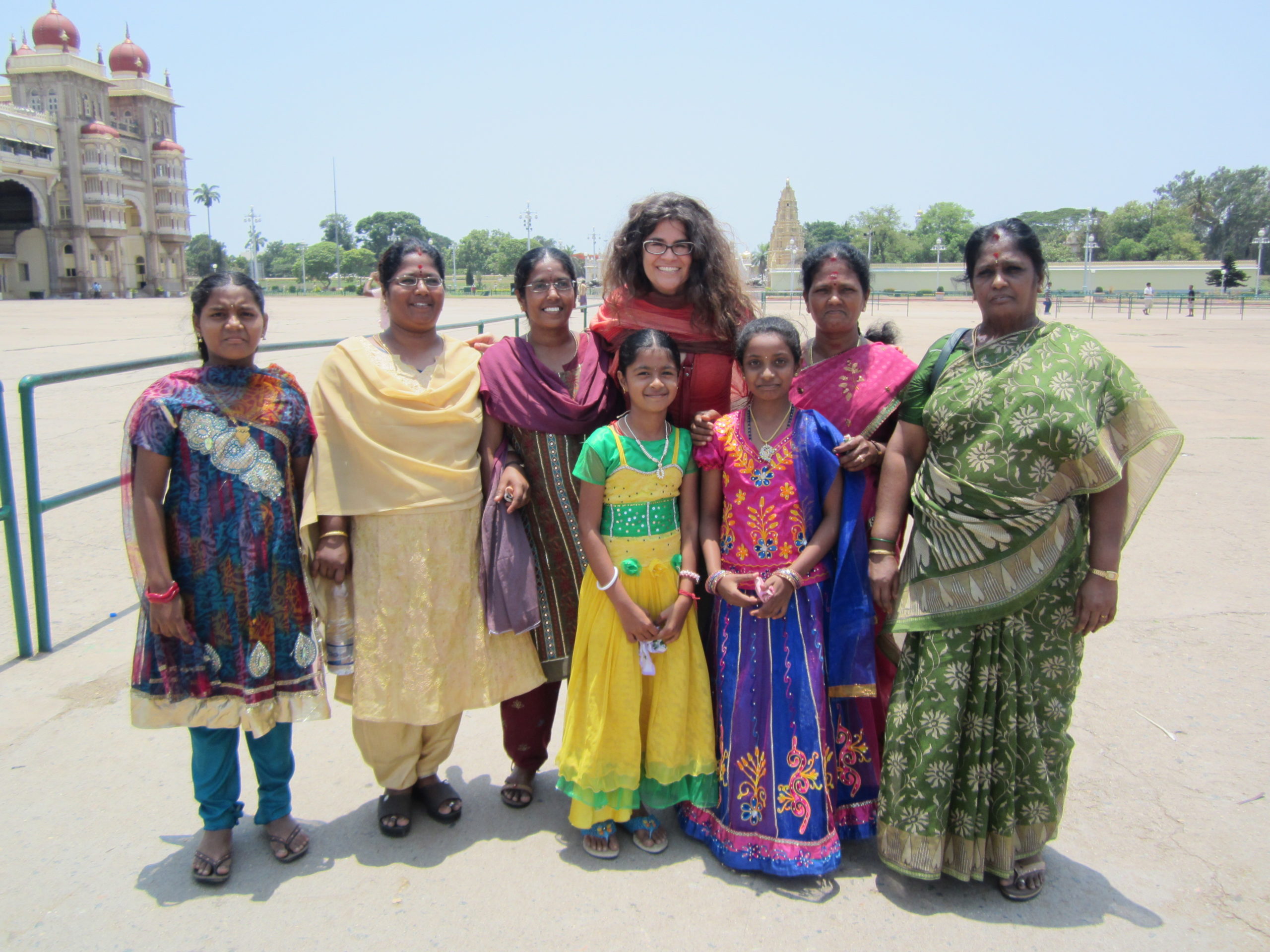
Stephanie Elizondo Griest, assistant professor, department of English and comparative literature:
“I spent the month of May near Bangalore, India, working on a book about borderlands at the art colony Sangam House. From there, I traveled to Beijing and Shanghai for the first time since living there in the late ’90s to behold the many changes. Then I spent two weeks each reporting in the Texas/Mexico borderland and the New York/Canada borderland for my book.”

Mark Katz, professor, department of music:
“There were many unforgettable moments during my visits this summer to the Next Level residencies in India and Serbia, but I’ll mention one from my time in Kolkata. It was when I witnessed an American rapper and an Indian folk singer get to know each other through music. The two women sat on the floor facing each other. One would sing and the other would listen, and over the course of about an hour an amazing duet emerged. They were singing in different languages and in very different styles, but it was clear they understood each other perfectly and had formed a powerful bond.” (Next Level is an international exchange program that promotes cultural diplomacy through popular music and dance.)

Benjamin Arbuckle, assistant professor, department of anthropology:
“I spent the summer in Turkey uncovering evidence for the last hunter-gatherers in the Taurus mountains, circa 11,000 years ago. The Direkli Cave Archaeological Research Project focuses on reconstructing and understanding the ancient cultures that directly preceded the invention and adoption of farming — a revolutionary shift that forever changed human history.”

Jim Hirschfield, professor, department of art:
“I spent the summer working hard and enjoying every minute. While chairing the department of art, I have also been working on three very different projects: An art commission for a pedestrian ‘mindful’ bridge in Denver, Colo.; a sculpture commission for the city of Fort Worth, Texas; and an Art Master Plan for the city of Wake Forest, N.C.”
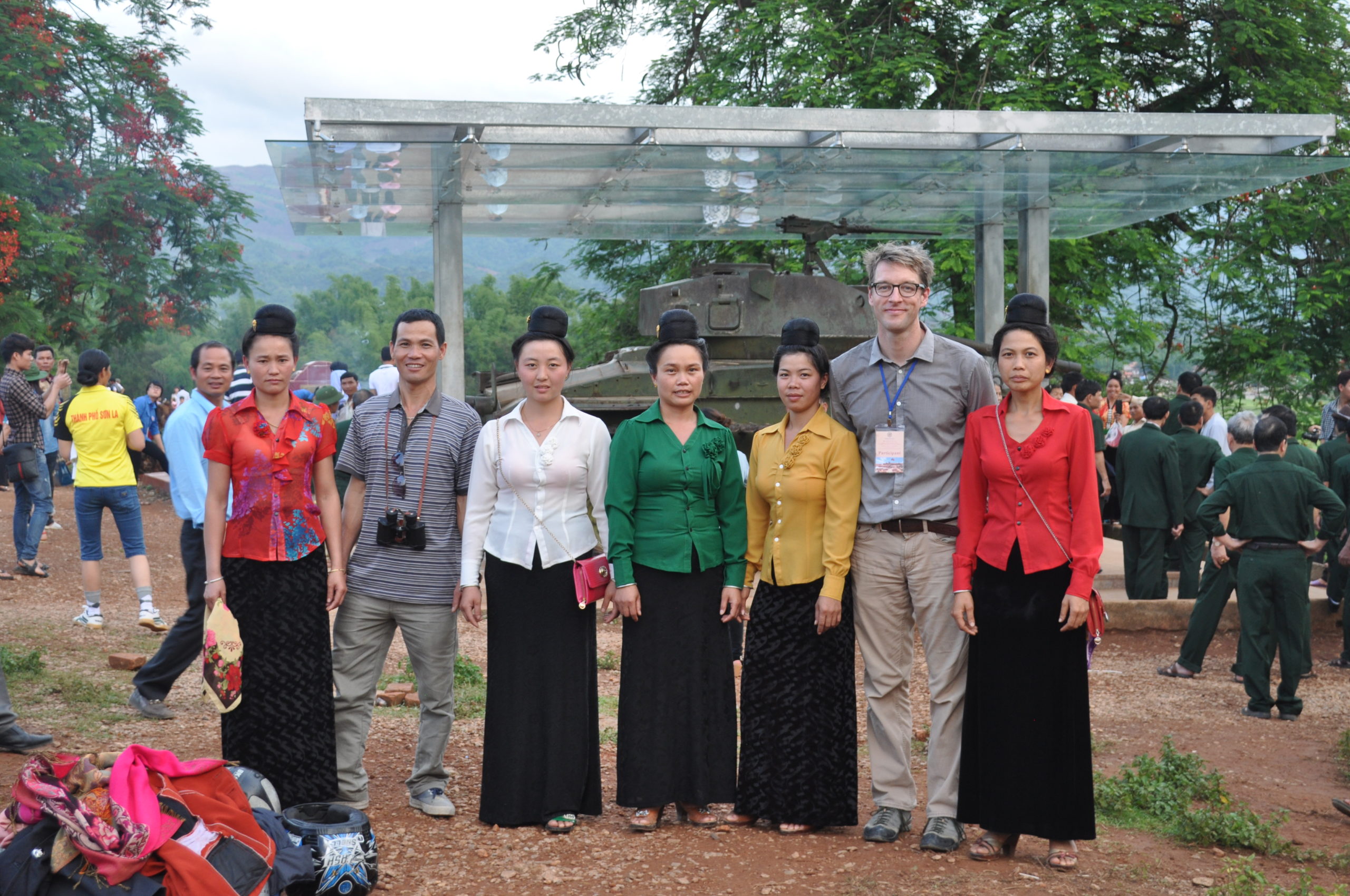
Christian Lentz, assistant professor, department of geography:
“In May, I was invited to Hanoi to present a paper at an international conference sponsored by the Vietnam Academy of Social Sciences. The occasion was the 60th anniversary of the Dien Bien Phu Victory, when Vietnamese forces defeated the French military to earn national independence and precipitate the end of the French empire worldwide. My own research discusses the role of local farmers and residents in this globally significant event. The conference made front-page news in Vietnam.”

Donald Haggis, professor, department of classics and curriculum in archaeology:
“This summer I conducted an archaeological excavation on the island of Crete. The site of Azoria is an early Greek city (circa 700-500 B.C.) and the context of a 20-year study of early Greek political economy. I was joined in the field by professor Margie Scarry (department of anthropology) and 43 students from UNC, Duke and other universities worldwide. The excavation is the first study of ancient urbanization and city-state formation in the Greek Aegean. The recent phase of work, funded principally by grants from the National Endowment for the Humanities and the Stavros Niarchos Foundation, was recently featured in a story in The News and Observer.”
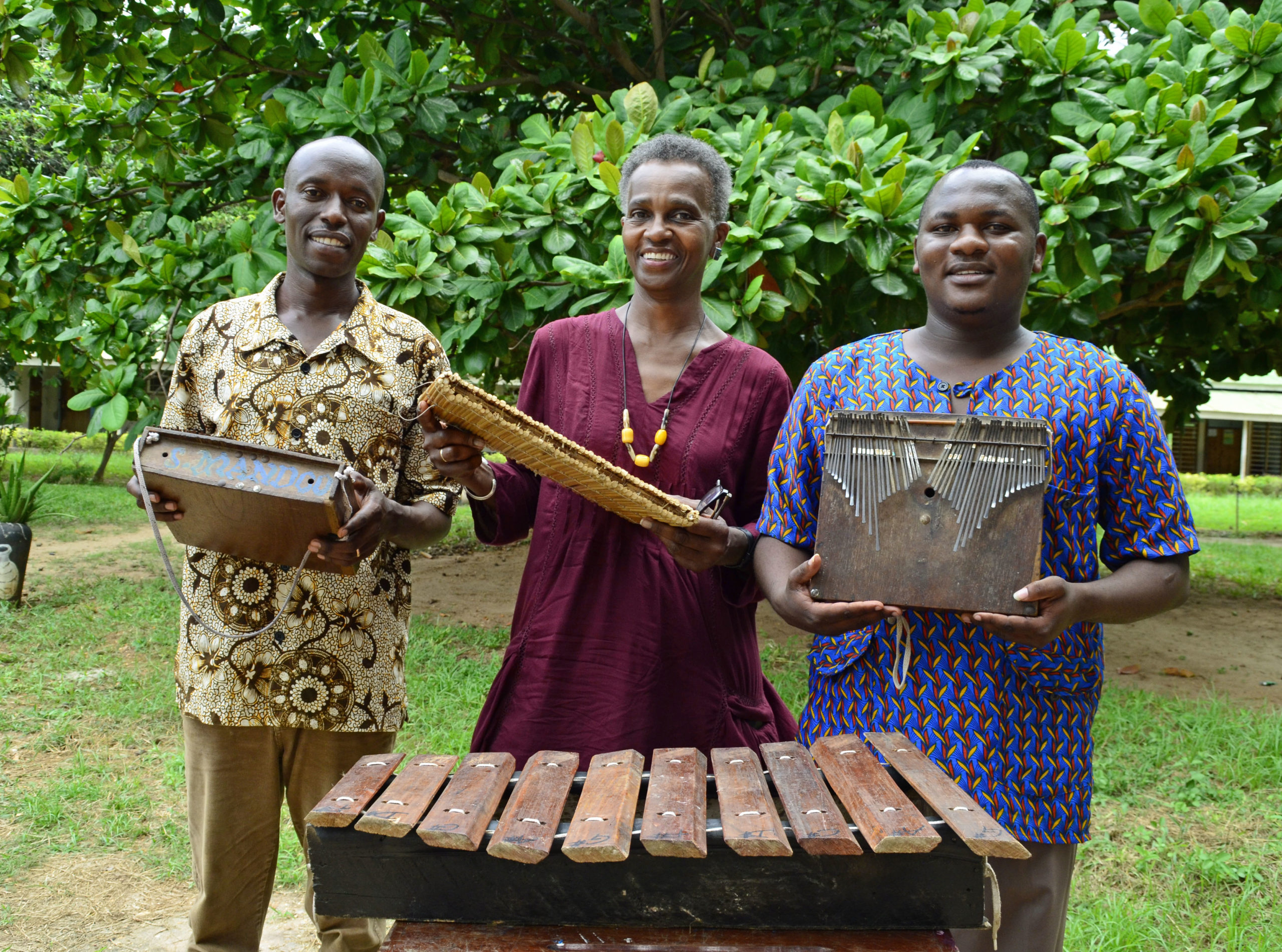
Kathy Perkins, professor, department of dramatic art:
“I spent two weeks this summer in Bagamoyo, Tanzania, completing the taping for a short documentary on TaSUBA Institute for Arts and Culture. TaSUBa is one of the few performing arts institutions of its kind in East Africa specializing in acting, social issues theater, acrobatics, lighting, sound, video, music, dance and visual arts. I have been following the process of this institution since 2001, and my research will culminate in a short documentary of TaSUBa.”
Edited by Kim Weaver Spurr ’88 and Kristen Chavez ’13


